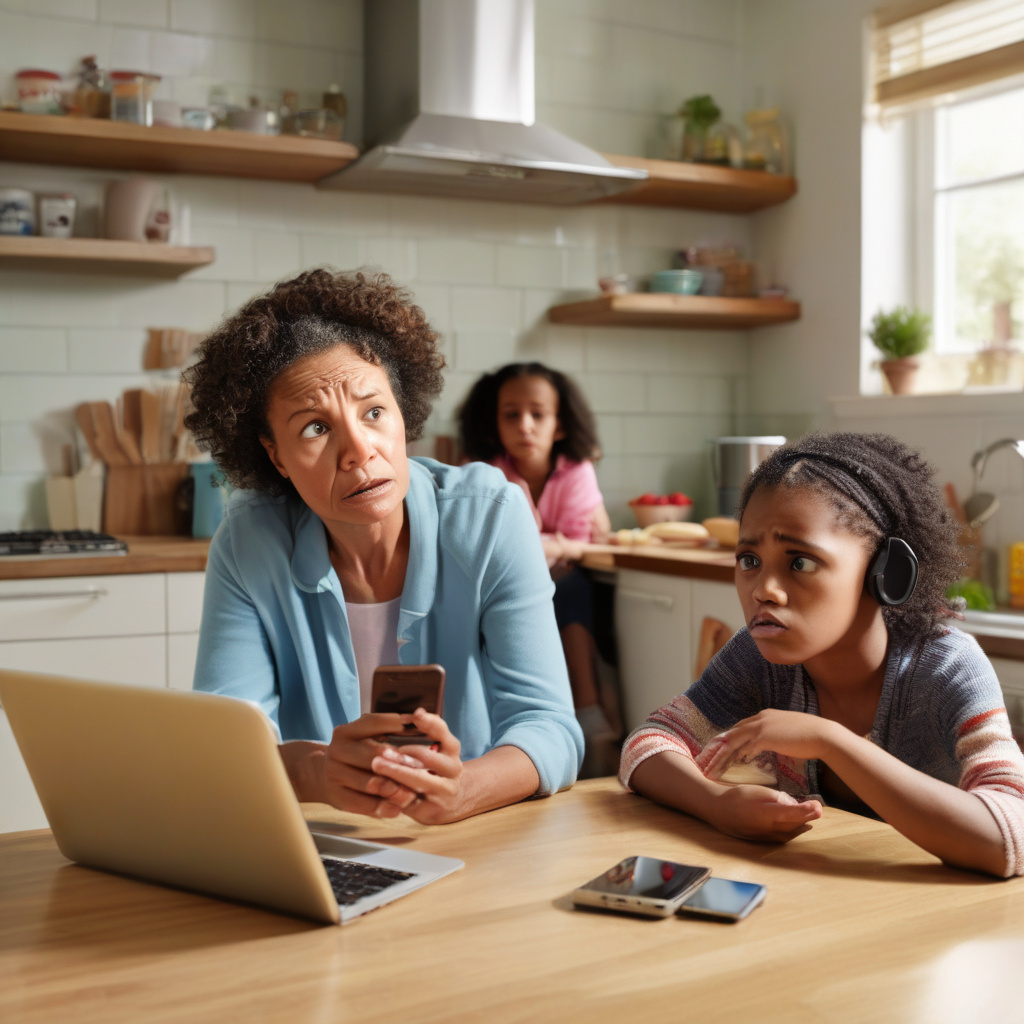The Global Challenge: Balancing Safety, Freedom, and Accountability in Children’s Social Media Use
From Australia to Greece and China, policymakers are grappling with the complex task of regulating children’s social media use. In an era where digital platforms play an increasingly central role in young people’s lives, finding the right balance between safety, freedom, and accountability has become a pressing issue worldwide.
One of the key concerns driving this global conversation is the need to protect children from online harm. The anonymity and accessibility of social media can expose young users to a range of risks, including cyberbullying, inappropriate content, and online predators. As such, many countries are exploring regulatory frameworks aimed at safeguarding children against these dangers.
Australia, for example, has been at the forefront of efforts to regulate children’s online experiences. The government has introduced initiatives such as the eSafety Commissioner, which works to address online safety issues and provide resources for young users and their families. By promoting digital literacy and implementing tools for reporting harmful content, Australia is taking proactive steps to protect children in the online sphere.
In Greece, policymakers are also taking action to regulate children’s social media use. The country recently passed legislation requiring social media platforms to verify the age of users and obtain parental consent for those under 15. By placing the onus on platforms to enforce age restrictions and parental supervision, Greece aims to create a safer online environment for young people.
Meanwhile, in China, where the digital landscape is heavily controlled by the government, regulations on children’s social media use are strict. Platforms such as TikTok are required to implement features that limit screen time for minors and prevent them from accessing certain content. While these measures are aimed at protecting children from harmful influences, they also raise concerns about freedom of expression and the potential for state surveillance.
Finding the right balance between safety, freedom, and accountability is no easy task. On one hand, children must be shielded from online threats and harmful content. On the other hand, overly restrictive regulations can stifle creativity, innovation, and the free exchange of ideas that social media platforms facilitate.
Ultimately, the global struggle to regulate children’s social media use underscores the need for a nuanced approach that takes into account the diverse cultural, social, and political contexts in which these platforms operate. By engaging with stakeholders across sectors – including government, industry, academia, and civil society – countries can work towards solutions that prioritize the well-being and rights of children while upholding the principles of freedom and accountability in the digital age.
As the conversation around children’s social media use continues to evolve, it is clear that a one-size-fits-all approach will not suffice. Rather, policymakers must remain vigilant, responsive, and adaptable in addressing the challenges and opportunities that social media presents for young users worldwide.
regulation, social media, children, safety, accountability











